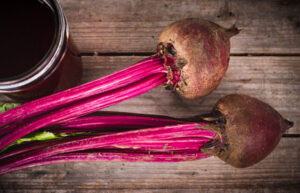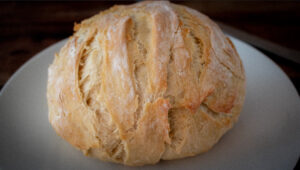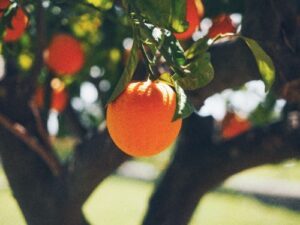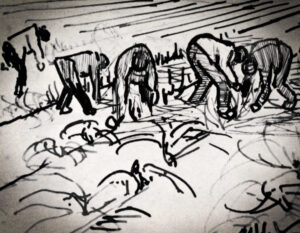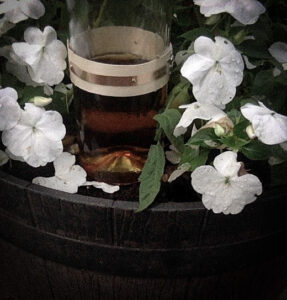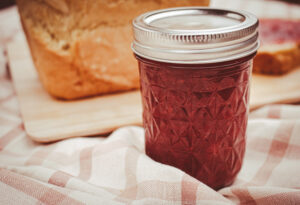—The Inbox—


What the Heck Do I Do With All This Swiss Chard?

From a Correspondent:
Dear H&F,
What the heck do I do with all this Swiss chard? I planted some for the first time, I guess just because the starts looked pretty at the nursery. Now it’s enormous. It is dominating the garden, and I’m not sure when or how to harvest it. Also, I don’t really know how to serve it. Is it mostly just used in salads? Are their traditional Swiss dishes that call for it? Can you eat both the stems and the leaves? I am not Swiss; maybe that is the problem! It does still look pretty, though.
Thank you,
Swamped With Swiss Chard
Dear Swamped,
First off, don’t worry about the fact that you are not Swiss. Neither is Swiss chard. It was ostentatiously named by a Swiss botanist, but it originated further south, somewhere in the Mediterranean, most likely Sicily. Are you by any chance Sicilian? We’ll assume for the remainder of this response that you are.
As to when you should harvest your chard, the answer is: continuously. Once grown, if properly tended, it will produce throughout the season. Depending on where you live, the crop may even come back next season: it is a biennial plant, and thus your ancestors in Sicily were able to harvest it for two years. (If you now live somewhere with colder winters, though, you may be out of luck on this point.)
Once a week or so, go out to the garden with a pair of scissors and harvest roughly one-third of the leaves on each chard plant. Cut them off cleanly through the stem at the base, a couple of inches from the ground, working your way around the plant in a circle. If possible, do this work in the morning — this may improve the flavor of the flesh of the plants, and the leaves will be less likely to droop than if you gather them later in the day after they’ve been in the sun. If you are not going to use the chard immediately, keep the bottoms of the stems in water, like flowers.
Small leaves (four inches or so) will work well in salads, but you may want to let those keep growing and focus on harvesting larger ones from the outside of the plant for use in cooking. Fully grown, leaves will reach one to two feet in length; try to get them on the earlier side of that. Over the season, new leaves will keep growing, providing a plentiful, ongoing harvest. And (as you have also noticed) it looks pretty in the garden, especially if you’ve planted one of the more colorful varieties.
On the kitchen side of your questions, chard is considered an extremely healthy food. It has a flavor that is earthy, sometimes slightly bitter, sometimes slightly sweet. So be aware that it may impart its own flavor profile as, compared to certain other greens, it is somewhat less neutral (further disproving any Swiss origin). And yes, you can eat both the leaves and the stems. As mentioned, younger, tender leaves can be used raw in salads and suchlike. Larger leaves can be cooked and utilized like spinach or added to stir fry. The stalks are similar in structure to celery and can be used as a colorful substitute, or cook them like asparagus, or bake them with breadcrumbs.
The best thing to do, though, is simply to get out a skillet and follow the innate promptings of your Sicilian culinary heritage — chard works wonderfully with all sorts of Mediterranean flavors. For instance: You can make a simple but addictive dish in a matter of minutes by chopping up a bunch of stems into quarter-inch pieces and sauteeing them in butter or olive oil. As they cook for a few minutes, coarsely chop the leaves and then add them in as well. Cook until the leaves are softened, then squeeze in some lemon juice. Now add salt, pepper, and grated Parmesan cheese, and serve. Incorporating garlic, pancetta, other Italian cheeses, various cream sauces, and other Mediterranean mainstays will only further improve things.
So that is what the heck you do with all of your (Sicilian) chard. We hope this helps.
Yours sincerely,
Hearth & Field




